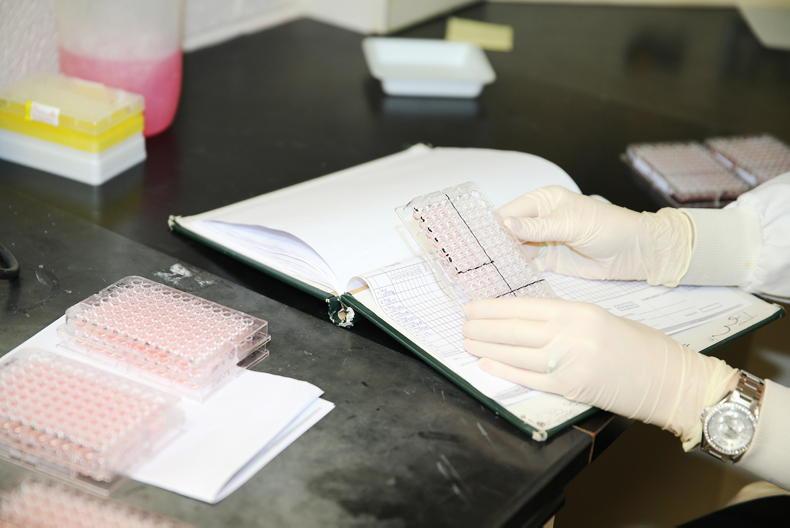THE Foal Levy Committee plans to stick with the current system of basing the levy on stallion fees but may seek to amend the wording of the statutory instrument in light of the recent court verdict which described the legislation as ambiguous.
After winning his case to pay a foal levy based on the actual stallion fee he paid rather than the advertised fee, Kildare breeder Gerry Callanan called for a suspension of the levy while a review took place with input from breeders.
However, the court decision has been appealed by Horse Racing Ireland, which collects the levy. Suzanne Eade, HRI’s chief financial officer and a member of the Foal Levy Committee said: “It is business as normal with the Foal Levy. The Foal Levy Committee regularly reviews the levy structure and potential alternatives and has concluded that the current tiered/banded approach represents the most equitable way of securing vital funds necessary for the breeding sector. The Committee is considering ways in which the wording of the instrument could be improved to increase clarity. Any changes would require HRI Board and Ministerial approval.”
The foal levy varies from €35 to €650 depending on the ‘applicable’ stallion fee, as supplied by the stallion masters. The levy rates were last amended in 2011 “to create a more equitable band structure”, says HRI.
The Minister for Agriculture appears to be holding the same line as HRI, judged by the response he gave on the topic to Laois/Offaly TD Sean Fleming in the Dáil last week.
Fleming asked the Minister if it was “an equitable arrangement that there is no relationship between the levy charged and the actual stud fee”, to which the Minister replied: “I am advised that basing the levy on the actual amount paid in a private transaction between two parties would, at best, place a heavy administrative burden on collection system, and that there are significant questions as to the practicability of such an arrangement.
“Furthermore, I understand there is a significant volume of coverings for which no fee or a significantly reduced fee is paid. This is particularly the case at the top end of the market where foal shares are common.”
Both Eade and Creed highlighted the high compliance rate (approximately 98%) of breeders with the levy.
The Irish Farmers’ Association Horse Chairman James Murphy - also a member of the Foal Levy Committee - says the IFA fully supports the principle of the Foal Levy and recognises the need to support the industry for all breeders, through the various beneficiaries. However, he is receiving an increasing number of queries from breeders about how the levy is charged, how the money raised is spent and the whether the current structure of the Foal Levy Committee adequately represents all the breeders.
“I have consistently argued that the levy should be charged on the invoiced stallion fee, but the position of HRI is that this would create an administrative nightmare. The IFA believes that the Foal Levy Committee and the Board of HRI needs to take on board the concerns now being raised by a growing number of breeders.”
Last year a total of €1.5 million was raised in levy and the main beneficiaries of the Foal Levy are the Irish Equine Centre, Irish Thoroughbred Marketing and the Irish Thoroughbred Breeders’ Association. Along with Eade and Murphy, the committee includes Jim Beecher (chair), William Flood, Derek Iceton, Bernard Caldwell and Joe Foley.
Gerry Callanan has suggested replacing the current system with a 1% levy charged on all thoroughbred sales at public auction. He says breeders would not mind paying more if they have sold their foals or yearlings but they resent paying the levy on foals which fail to find a buyer. He also says that some breeders receive little or no benefit from the Equine Centre, ITM and ITBA.
Derek Iceton, owner of Tara Stud and former ITBA chairman, said: “During my term as chairman of ITBA we had many rounds of regional meetings around the country and after a number of years not once was any opposition voiced at any of these open forums.”
He added: “We have looked at other suggested methods [of levy collection] but the most universal and equitable is the system we have. Indeed the ITBA commissioned economist Colm McCarthy to do an analysis and he is in agreement.
“As a farmer I’m used to paying levies. The big difference here is that this one is transparent and I can see the value I get.”


 This is a subscriber-only article
This is a subscriber-only article
 It looks like you're browsing in private mode
It looks like you're browsing in private mode










SHARING OPTIONS: